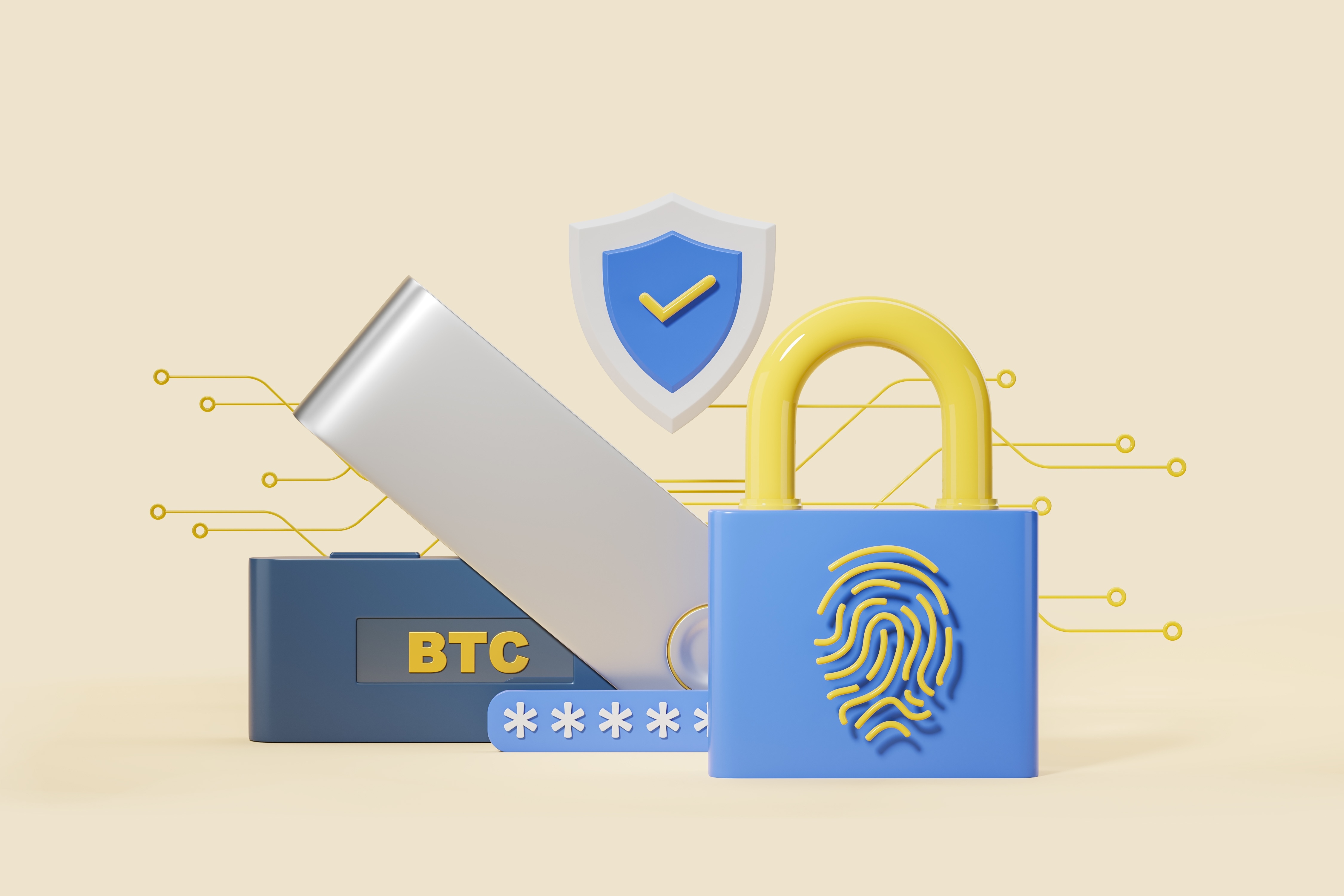
The crypto world has grown up fast. From a niche experiment to a trillion-dollar marketplace, digital assets are now woven into the portfolios of both retail investors and institutions. But with scale comes risk. Hacks, phishing schemes, and compromised wallets still grab headlines, reminding everyone that blockchain itself may be secure, but how assets are stored and transacted is not always foolproof.
According to BitHide, a platform focused on privacy-first crypto tools, the key challenge is trust: not in the chain, but in the ways people interact with it. As more money moves on-chain, the pressure to tighten personal security habits — and adopt better tools — is only growing.
Cold, Hot, and Everything in Between
Most crypto owners know the broad split between “cold” storage (hardware wallets kept offline) and “hot” wallets (apps or browser-based wallets connected to the internet). Cold storage remains the gold standard for long-term security, while hot wallets are convenient for active traders.
Best practice is to use them together. Cold storage can act as a digital vault for major holdings, while smaller amounts live in hot wallets for day-to-day use. Experts note that separating funds this way mirrors how people use banks and cash: one for security, the other for access.
Emerging tools now blur the line, offering hardware wallets that sync seamlessly with mobile apps, or custodial services with insurance-backed protections. But the underlying advice hasn’t changed: protect your keys, use strong passphrases, and never store recovery phrases on cloud drives or email.
Privacy Still Matters
While every crypto transaction is technically traceable on-chain, privacy layers make it harder to link those records back to an individual. For many users, this isn’t about secrecy — it’s about financial privacy in the same way bank accounts aren’t made public.
Solutions range from privacy-focused coins to mixers, but both face regulatory hurdles. A more sustainable approach may be tools that integrate privacy without undermining compliance. BitHide is among those building such options, emphasizing privacy-preserving features for businesses and individuals alike.
One example is the use of a gateway API for crypto payments. By routing transactions through an API layer, businesses can both simplify integration and enhance privacy, shielding details from unnecessary exposure while still remaining verifiable.
Common Threats to Watch
For all the talk of encryption and decentralisation, most crypto losses come down to human error or simple scams. Some of the most persistent risks include:
- Phishing — fake websites and apps tricking users into giving away keys.
- SIM-swapping — attackers hijacking mobile numbers to bypass two-factor authentication.
- Compromised wallets — malicious browser extensions or downloads installing backdoors.
- Social engineering — old-fashioned persuasion, convincing someone to hand over access.
The industry has responded with better wallet design, mandatory hardware confirmations, and improved exchange security. But personal vigilance is still the strongest line of defence.
Trends Shaping the Next Era of Crypto Security
Three developments stand out as likely to reshape how people store and protect digital assets:
- Multi-party computation (MPC) — splitting private keys into fragments stored across different servers or devices, reducing single points of failure.
- Zero-knowledge proofs (ZKPs) — cryptographic methods that verify transactions without exposing sensitive data, improving both privacy and compliance.
- Insurance and guarantees — exchanges and custodial providers offering institutional-style protections to reassure both large and small investors.
As these tools mature, security could shift from being a personal burden to a shared responsibility between users, wallets, and service providers.
The Balancing Act Ahead
The tension between privacy, accessibility, and compliance is unlikely to disappear. Regulators push for transparency to combat money laundering, while users demand stronger privacy to protect their financial freedom. Bridging those needs is where innovation is happening fastest.
As BitHide experts note, crypto security isn’t static. It’s an evolving practice — part technology, part habit, and part community trust. The same qualities that made blockchain appealing in the first place — decentralisation, resilience, and transparency — are also shaping the tools that protect it.
For investors and everyday users, the lesson is simple: staying safe in crypto isn’t about picking one perfect tool. It’s about layering defences, updating habits, and keeping an eye on what’s emerging next.







